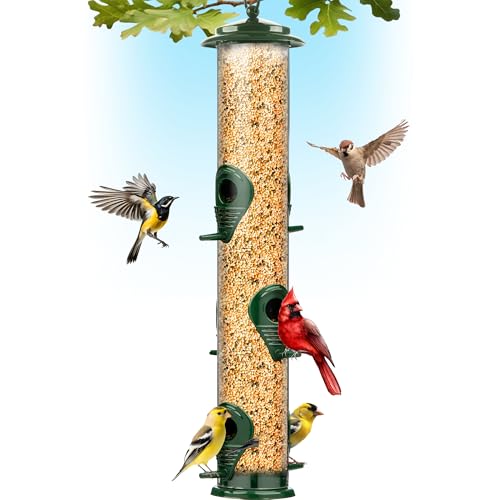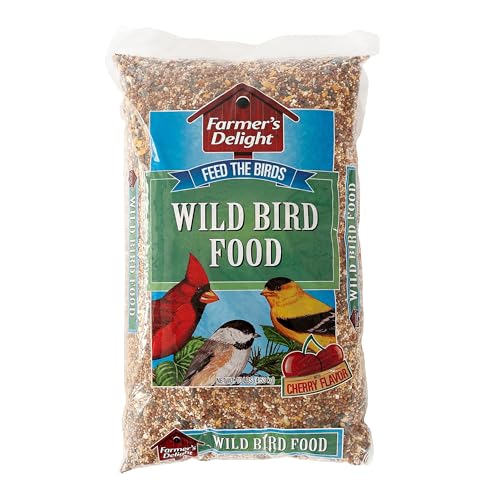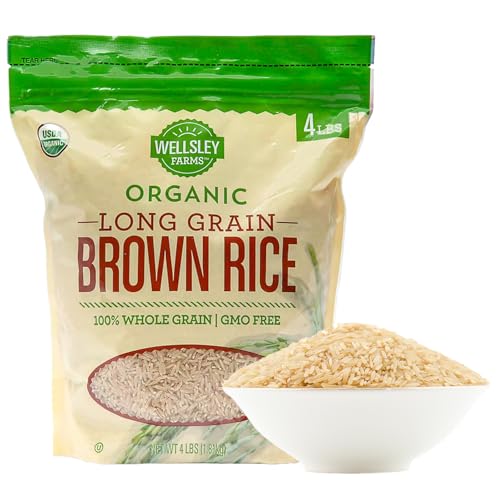Gardeners are putting rice in bird feeders as a nutritious snack – but you have to serve it in a specific way to avoid harm
Rice is full of carbohydrates, providing feathered garden visitors with lots of energy
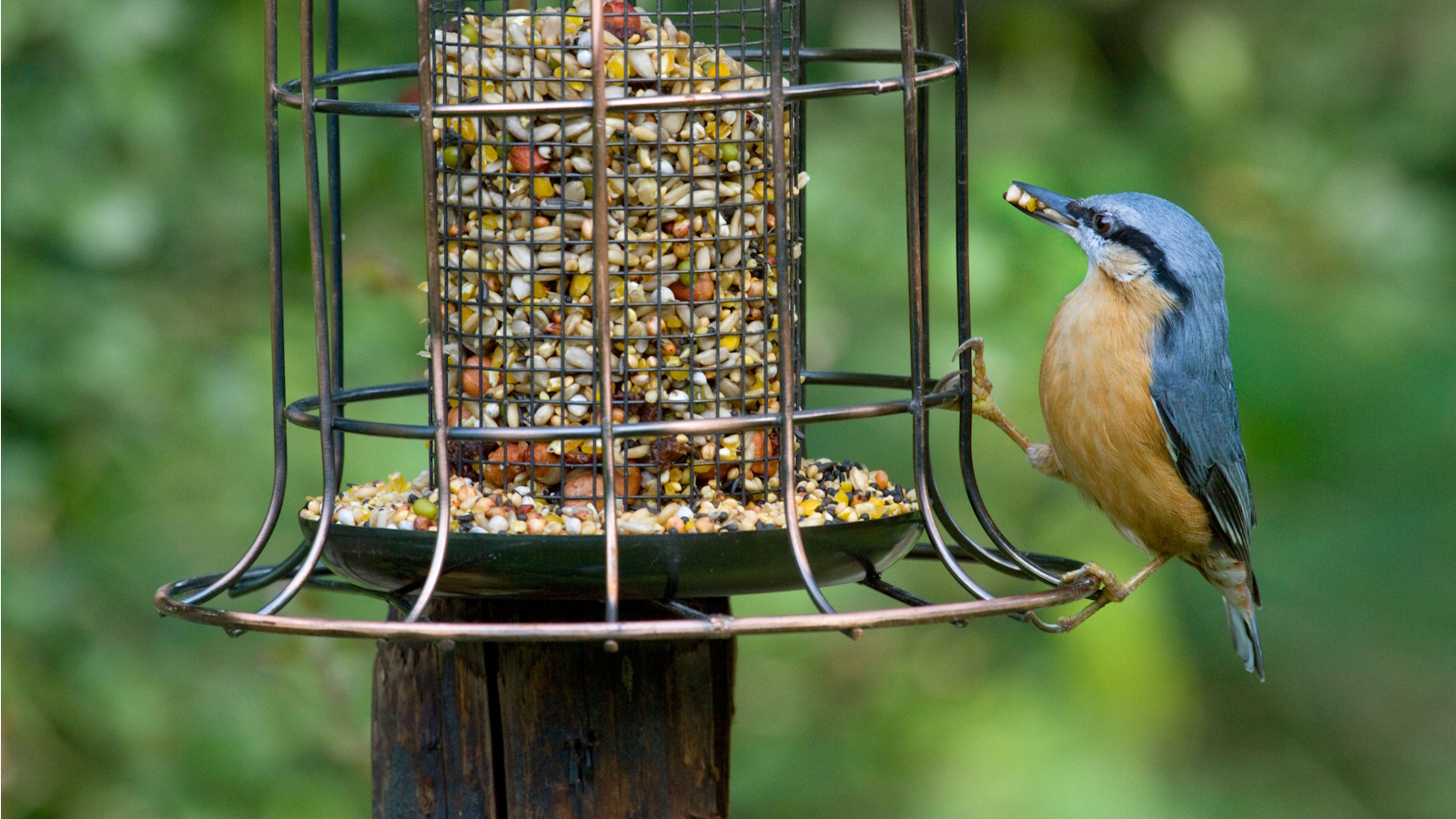
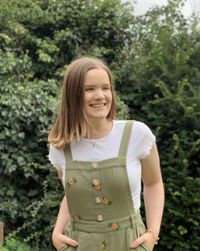
I love having a bird feeder in my yard and watching feathered friends come and enjoy the food I put out for them. As well as using typical bird feed, like seed mixes and suet balls, I like to give garden birds an occasional treat. That's why I was intrigued to discover you can give birds rice from time to time.
When it comes to helping garden birds in summer, you can give them treats like putting pasta in a bird feeder. Cooked rice is no different as a nutritional snack for birds, packed full of goodness to help their health. Of course, whenever you give birds human foods, there are some words of warning to follow. In this case, it's all about how you prepare the rice, although you may be surprised to hear both cooked and uncooked rice is safe for birds to consume.
So, if you're keen to help the garden birds in your yard with nutritious food sources, consider putting rice in bird feeders. Here's how to do it safely;
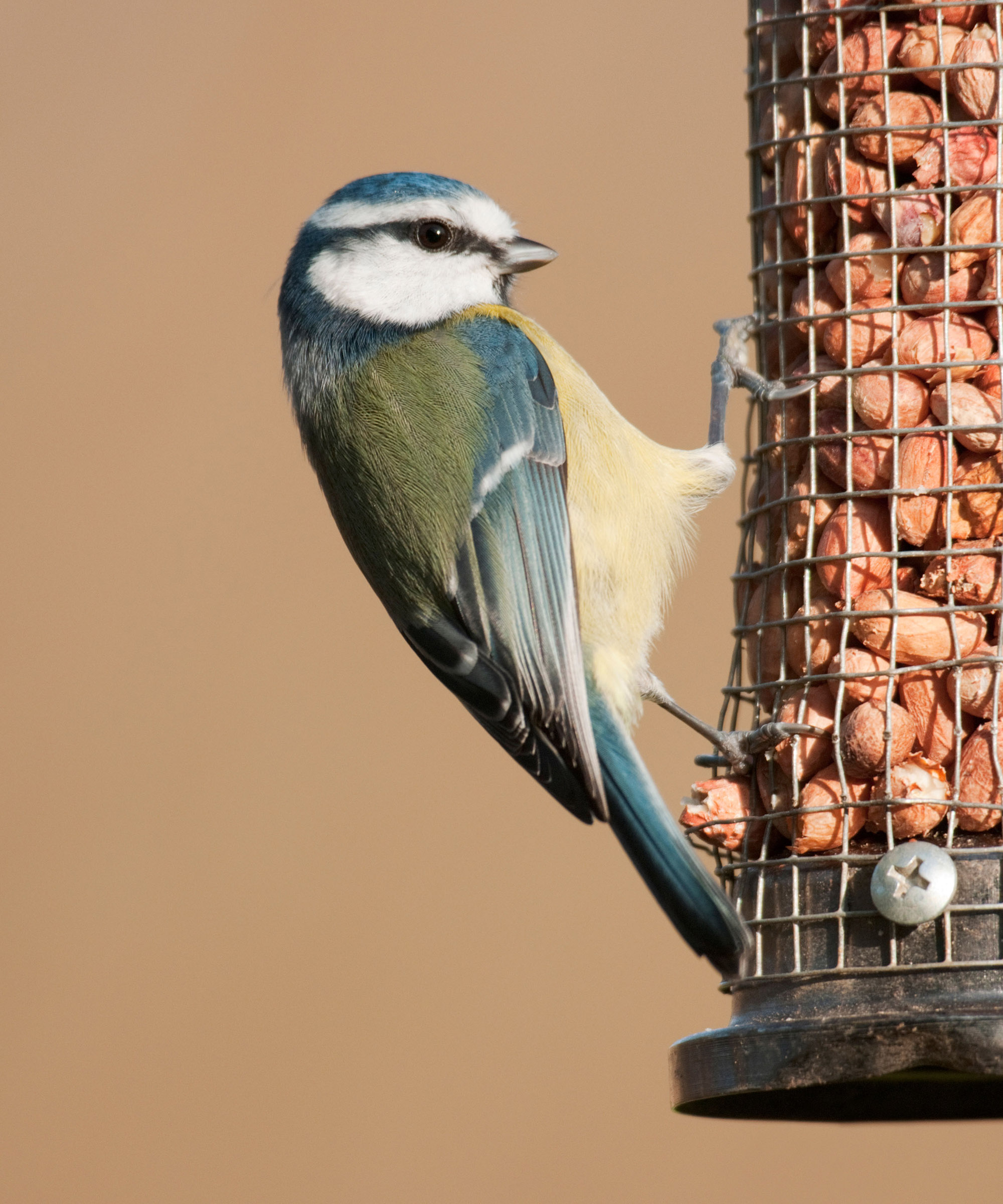
Why should you put rice in bird feeders?
There's a long list of what not to feed birds, but rice isn't on it. In fact, rice is actually full of essential nutrients for birds that make it a good treat.
More specifically, rice is high in carbohydrates (just like feeding birds potato), which bird feeding expert Isabelle Manseau tells me provides a quick source of energy for birds. This makes rice (both white and brown) a particularly valuable treat when feeding birds in winter and they need more energy to stay warm.
Only feed birds plain rice occasionally
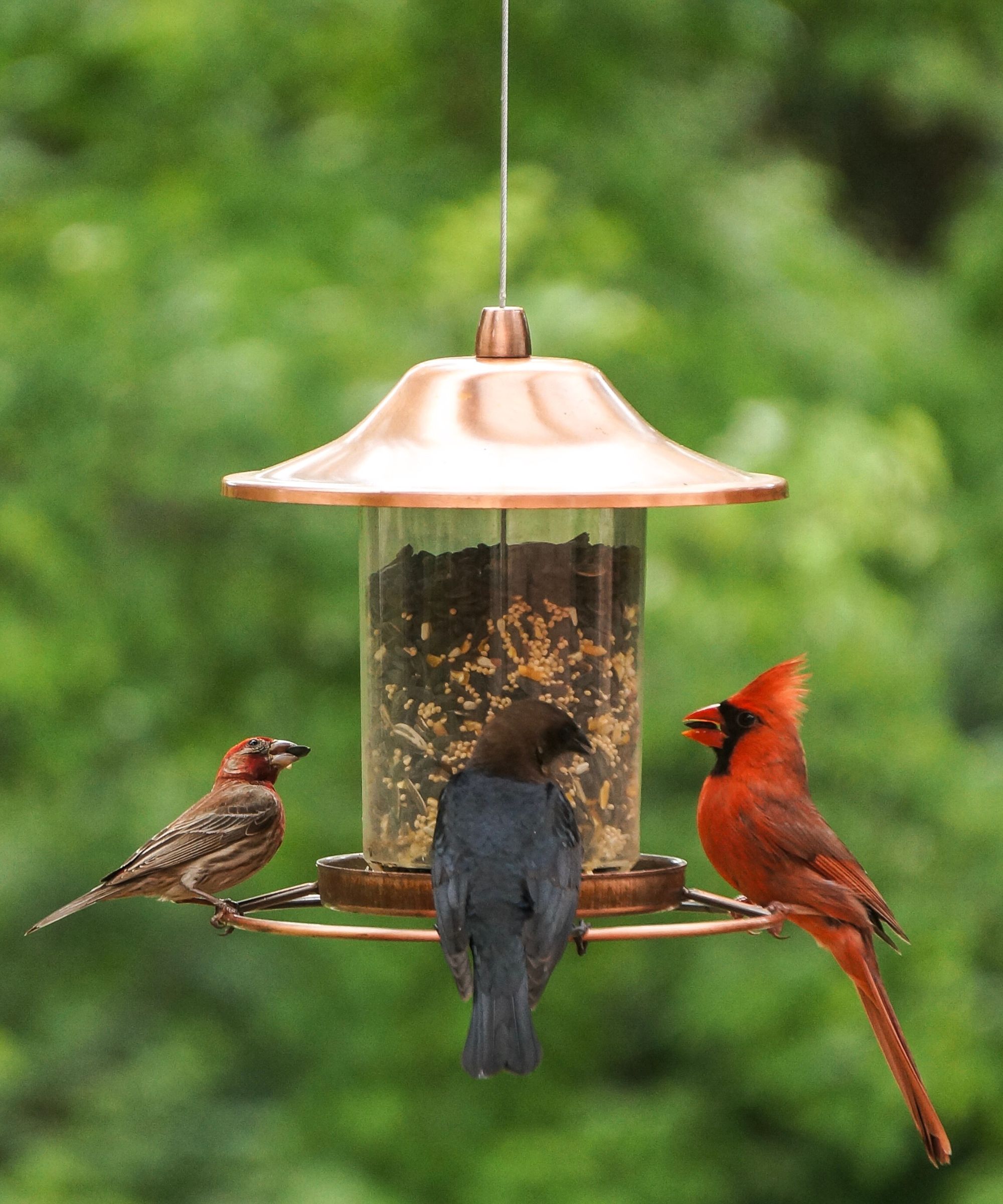
It isn't just as simple as putting cooked rice in bird feeders, though, as there are some considerations to keep in mind.
While both uncooked and cooked rice are safe for birds to consume, you shouldn't provide it to them as their main food source. Things like this bird seed mix from Amazon or these suet balls from Walmart provide a much more rounded diet for birds, providing a wide range of essential nutrients.
Design expertise in your inbox – from inspiring decorating ideas and beautiful celebrity homes to practical gardening advice and shopping round-ups.
Instead, put rice in bird feeders occasionally as a treat and for a boost of energy. This can also be a great way to attract birds to your yard, alongside growing plants for birds.
Something else to note is the rice should be plain and unseasoned. Spices, herbs, and other seasonings may be harmful to birds, causing gastronomical issues and even pain. Always check packaging for this reason. This white long grain rice from Walmart, for example, is a fine option.
FAQs
Is white or brown rice better for birds?
Brown rice is generally considered better for birds because it has higher nutritional value. More specifically, it retains bran and germ that white rice is stripped of during the milling process. These elements are rich in fiber, vitamins, minerals, and antioxidants. However, both white and brown rice make a healthy treat for birds, packed with carbohydrates to provide feathered wildlife plenty of energy.
What's the best type of bird feeder for rice?
Because rice is a grain, it's best given to birds via a dispenser bird feeder (from Amazon) that will stop the grains falling out. You can also use bird feeder trays (from Amazon), or simply place a pile of rice on an outdoor surface for birds to feed from.
Next time my bird feeder is empty, I'm going to put rice in it to provide the birds in my yard with a treat. If you aren't feeling confident with providing birds human foods, try bird feeder alternatives to help them out instead. For example, you can fill your borders with nectar-rich plants and berries as food sources.
Shop bird feeding essentials

Tenielle is a Gardens Content Editor at Homes & Gardens. She holds a qualification in MA Magazine Journalism and has over six years of journalistic experience. Before coming to Homes & Gardens, Tenielle was in the editorial department at the Royal Horticultural Society and worked on The Garden magazine. As our in-house houseplant expert, Tenielle writes on a range of solutions to houseplant problems, as well as other 'how to' guides, inspiring garden projects, and the latest gardening news. When she isn't writing, Tenielle can be found propagating her ever-growing collection of indoor plants, helping others overcome common houseplant pests and diseases, volunteering at a local gardening club, and attending gardening workshops, like a composting masterclass.
You must confirm your public display name before commenting
Please logout and then login again, you will then be prompted to enter your display name.
